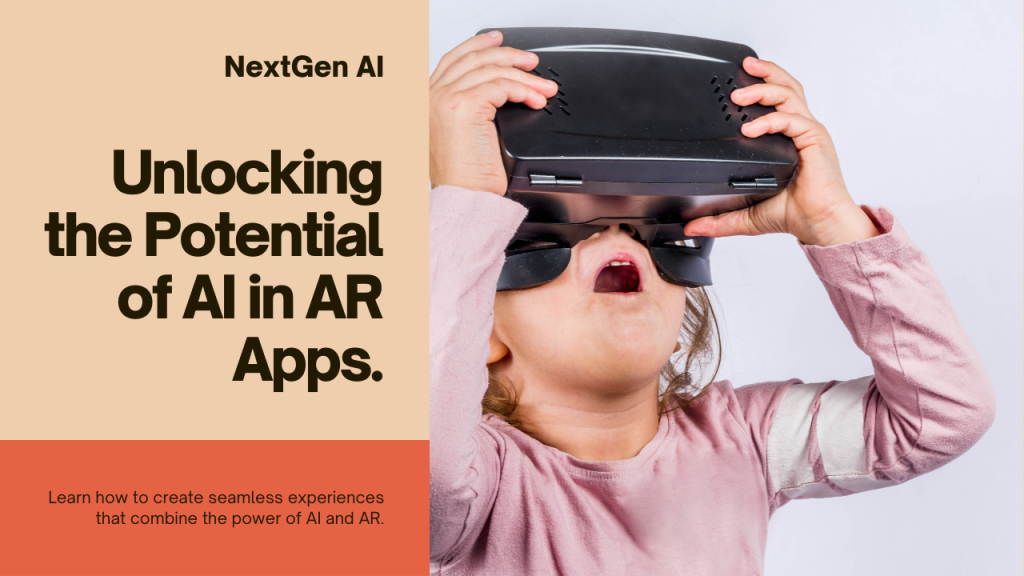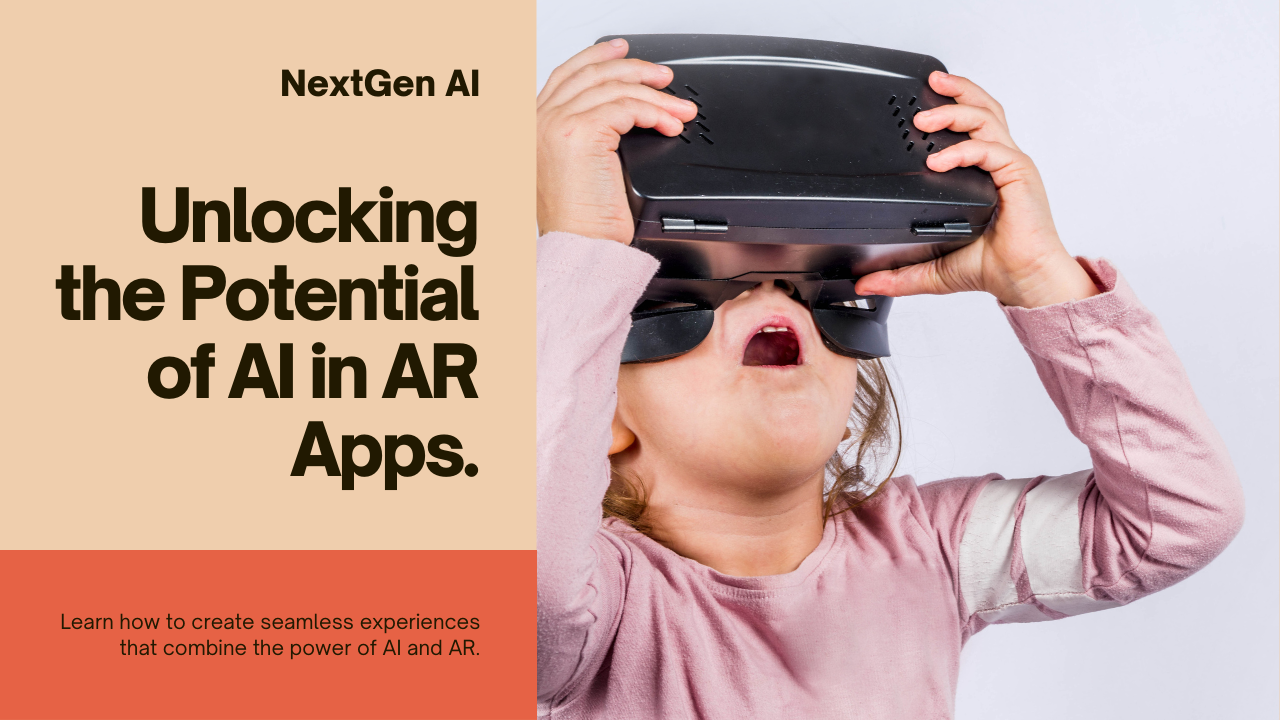The technologies of augmented reality (AR) and artificial intelligence (AI) have the power to completely change a wide range of sectors and industries. Together, they provide a potent combination that can advance human potential, raise output, and create fresh avenues for creativity and innovation.
The capacity of AI to improve user experience through real-time tailored interactions, intelligent insights, and recommendations is one of the main advantages of incorporating AI into AR applications. AR devices can analyze large volumes of data and contextually comprehend user preferences, habits, and surroundings by utilizing AI algorithms and machine learning models. This makes for more natural and immersive experiences.
Furthermore, additional functionality like object recognition, scene understanding, and spatial mapping can be made possible by AI-powered AR applications. These features are crucial for producing realistic and captivating augmented experiences. With AI-enhanced AR, the possibilities are practically endless, ranging from immersive training simulations and virtual try-on experiences to interactive gaming and remote assistance tools.
Furthermore, through performance optimization, latency reduction, and real-time adaptation to user preferences and ambient conditions, AI can significantly improve the usability and accessibility of AR devices. This can enhance AR experiences’ general dependability, comfort, and efficacy, making them more useful and enticing for a variety of users and applications.
However, there are also particular difficulties and factors to take into account when incorporating AI into AR applications, such as ethical considerations, technical constraints, and worries about data security and privacy. To guarantee that AI algorithms function effectively, safely, and responsibly in augmented reality (AR) contexts without jeopardizing user safety or confidence, rigorous design, testing, and validation are necessary.
Notwithstanding these obstacles, the combination of AI with AR has the potential to revolutionize a wide range of sectors, including manufacturing, entertainment, healthcare, and education. We may anticipate seeing more advanced and significant applications that improve human potential, enhance reality, and influence how people work, learn, and play in the future as both technologies develop and grow.


